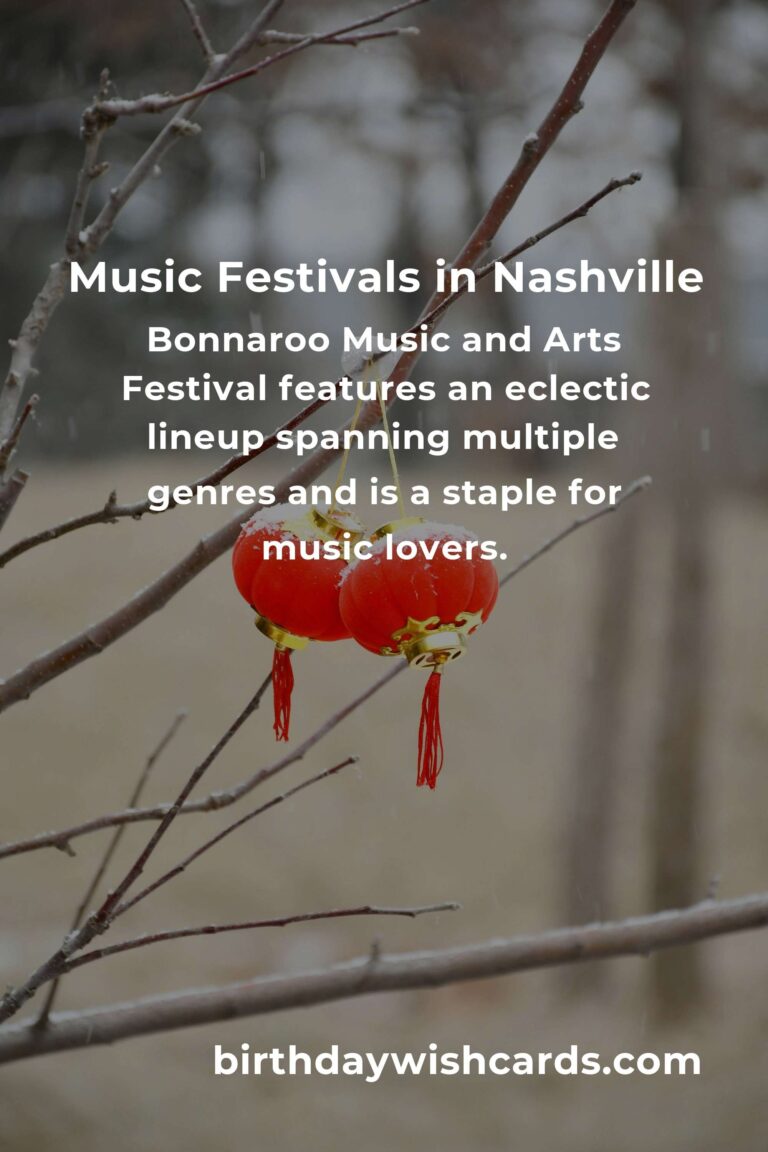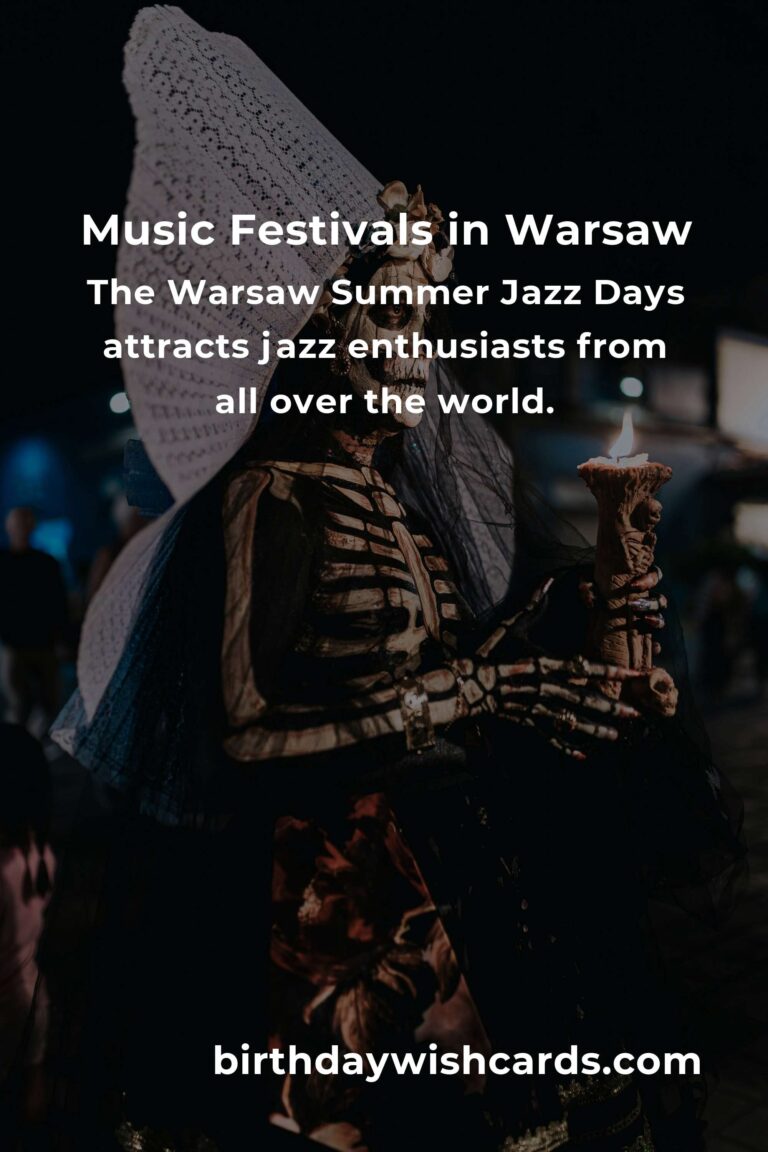The History and Celebration of Día de San Juan (Saint John’s Day) – June 24
Día de San Juan, or Saint John’s Day, is a vibrant and widely celebrated holiday observed each year on June 24. This festive occasion holds deep significance in many countries, including Spain, Portugal, Brazil, Puerto Rico, and beyond. While often associated with the summer solstice, Día de San Juan blends cultural, religious, and folkloric traditions, making it a truly unique and meaningful celebration.
Origins of Día de San Juan
The roots of Día de San Juan trace back to ancient pagan rituals connected to the summer solstice—the longest day of the year in the Northern Hemisphere. For early civilizations, this period marked the transition from spring to the height of summer, symbolizing fertility, renewal, and the power of nature. The solstice night was believed to be charged with magical energy, inspiring rituals and festivities to harness its mystical forces.
With the spread of Christianity, the Catholic Church sought to integrate and transform many pagan festivals into Christian observances. By the 5th century, June 24 was officially designated as the feast day of Saint John the Baptist, aligning closely with solstice celebrations. Saint John, known for baptizing Jesus and preaching repentance, became a symbol of purification and spiritual renewal. This Christian adaptation preserved the festivities, weaving together religious reverence and enduring cultural traditions.
Celebrations Around the World
Spain
In Spain, Día de San Juan is among the most eagerly anticipated summer festivals. Communities gather for lively bonfires, fireworks, music, and dancing that often continue late into the night. Bonfires are central to the festivities, symbolizing purification and protection from evil spirits. A popular tradition involves jumping over the flames, believed to bring good luck and cleanse the soul. In coastal towns, water rituals add another dimension, with participants leaping into the sea or rivers to wash away negativity and embrace renewal.
While customs vary by region, the celebrations consistently emphasize communal joy and a connection with nature. Street parties, traditional foods, and drinks are enjoyed by locals and visitors alike, creating a rich tapestry of cultural heritage that continues to evolve.



